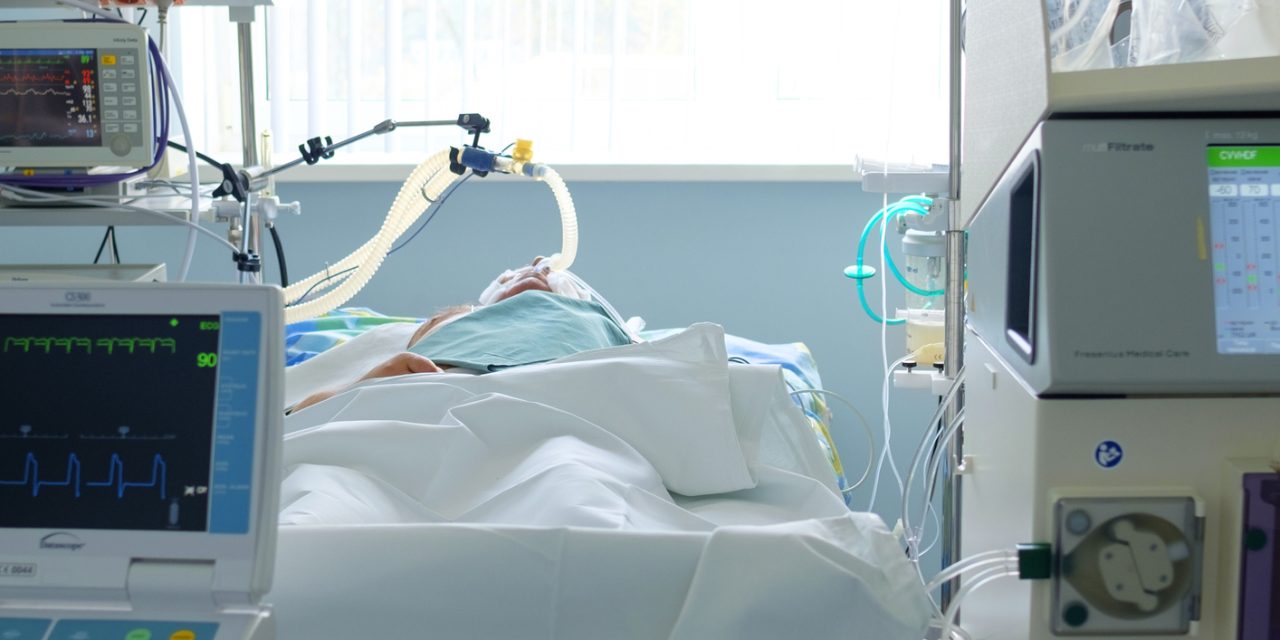A working group of experts from the European Respiratory Society (ERS) and the American Thoracic Society (ATS) recently published recommendations for the standardized definition and data collection for assessing asthma severity, asthma control, and asthma exacerbations in clinical trials and clinical practice (www.thoracic.org). “The FDA has traditionally required that increases in lung function (FEV1) be the primary outcome in clinical trials of new asthma therapy, but clinicians realize that the primary goals of patients are to minimize symptoms and prevent asthma attacks or exacerbations,” says Paul Enright, MD, a member of the working group. “Improved lung function is an easily available objective measure of pre-therapy asthma severity and the best test of bronchodilator therapy, but good, long-term asthma control on therapy is an even more important patient-oriented outcome.”
Asthma Exacerbations
According to Dr. Enright, emergency room visits for asthma indicate a failure of the healthcare system to help patients control their asthma. Asthma exacerbations occur across the spectrum of asthma severity, risk death, and cause considerable anxiety to patients and their families. They are also expensive and associated with significant loss of school days or work. Only in the past decade, however, have exacerbations been used as a primary outcome variable in research into the efficacy of drug treatment in asthma.
Exacerbations should prompt changes in treatment, according to the ATS/ERS guidelines. Episodes vary considerably in speed of onset and in time to resolution, ranging from a few minutes to several weeks. They also vary in their absolute severity, both between and within individual patients. Clinical characteristics that cause acute distress and impairment in one patient may represent another patient’s usual status. As such, the guidelines recommend that exacerbation frequency be determined as part of routine asthma assessments (Figure 1). Information about the onset and course of previous exacerbations should be used to refine and customize written asthma action plans for each patient.
Asthma Control
“Asthma comprises four domains,” says Dr. Enright, “including symptoms, variable airway obstruction, twitchy airways (airway hyperresponsiveness, or AHR), and airway inflammation.” The ATS/ERS guidelines note that asthma severity should be determined before treatment is started, while asthma control is the extent to which the various manifestations of the disease are reduced or removed by treatment. Although severe exacerbations are more common in patients with poorly-controlled asthma, they may also occur in patients with mild asthma. For example, an influenza infection often overwhelms the otherwise good control achieved by use of combination asthma inhalers. The FDA warns that although bronchodilators may control symptoms and lung function in the short term, use of long-acting bronchodilators without the concurrent use of an inhaled corticosteroid is dangerous because bronchodilators do not reduce airway inflammation or AHR. Considering these facts, the concept of asthma control should encompass patients’ recent clinical state as well as their future risk for experiencing adverse outcomes.
Asthma Daily Diaries
Since asthma symptoms vary widely from week to week, questionnaires administered only at clinic visits are limited by patient recall and often do not capture the overall morbidity experienced by patients. Therefore, the ATS/ERS guidelines recommend patient diaries to measure symptoms, the use of albuterol rescue inhalers and peak flow or FEV1 for all asthma clinical trials. Dr. Enright says “asthma diaries are very helpful to confirm improved asthma control when medications have been changed, but they are no longer considered a practical tool for helping make the initial diagnosis of asthma.”
Lung Function & Airway Responsiveness
According to the ATS/ERS guidelines, it is essential to perform good quality spirometry tests before and after patients inhale albuterol when making a diagnosis of asthma and estimating its severity. When the FEV1 is low during clinic visits, it should be measured during follow-up visits to verify that lung function has improved as a result of therapeutic interventions. However, normal lung function does not exclude an asthma diagnosis because patients with mild, intermittent asthma usually have normal spirometry results between exacerbations. Biomarkers of airway inflammation, such as exhaled nitric oxide and inhalation challenge tests (to measure AHR) are safe and becoming more widely available in clinical settings. They should be considered when the differential diagnosis of asthma is difficult. They also provide objective measurements for asthma clinical trials.
Healthcare Utilization
When asthma is poorly controlled, patients often require unscheduled use of healthcare, lose work and school productivity, and need more expensive medications. These consequences have significant implications for asthma sufferers and healthcare providers. Measures of healthcare utilization and health-related quality of life provide indirect measures of asthma control (Table 2). Dr. Enright notes that “clinicians should also consider these patient-oriented factors when treating patients with asthma.”



 Janine Anthes
Janine Anthes